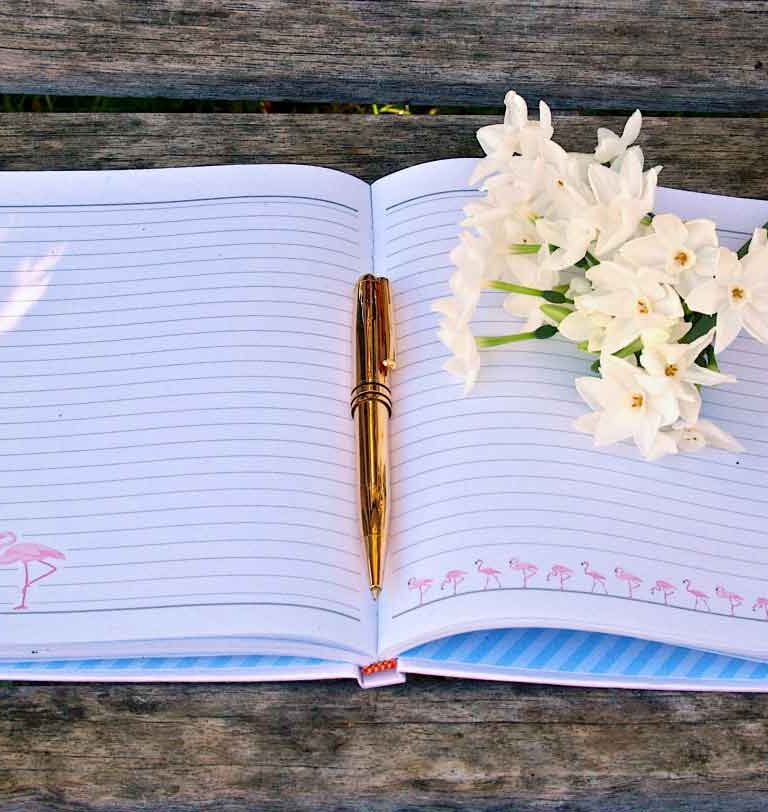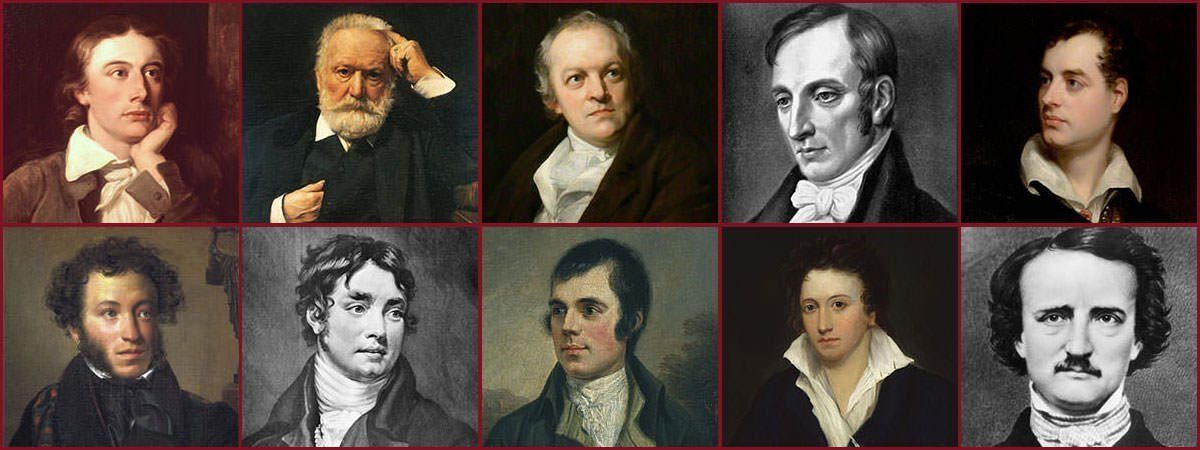Romantic Era poets have great contributions to literature. Romanticism was a movement that dominated all genres; together with literature, music, art, and structure; in Europe and the United States within the first half of the 19th century. It originated in the late 18th century as a response in opposition to the beliefs of order, calm, concord, idealization, and rationality which marked Classicism basically and late 18th-century Neoclassicism specifically.
It was influenced by the German motion Sturm und Drang (“storm and drive”), which focussed on instinct and emotion versus rationalism. Romanticism laid emphasis on emotion and individualism in addition to the glorification of the previous and of nature.
Interesting Facts about Romantic Era poets
The motion was partly a response to the Industrial Revolution and the scientific rationalization of nature. The greatest identified English Romantic poets embody Blake, Coleridge, Wordsworth, Keats, Byron, and Shelley. In America, essentially the most well-known Romantic poet was Edgar Allan Poe; whereas in France, Victor Marie Hugo was the main determinant of the motion. Here are the most well-known Romantic era poets and their greatest identified works.
1. William Wordsworth: Architect of Nature’s Poetic Symphony
Life Unveiled:
William Wordsworth, an English luminary born on April 7, 1770, crafted an enduring legacy that spanned the Romantic Age. His partnership with Coleridge bore fruit with the 1798 publication of “Lyrical Ballads,” heralding the advent of the Romantic era in English literature. Nestled in the embrace of the Lake District, Wordsworth resided at Dove Cottage from 1799 to 1808, forging friendships with fellow luminaries, including Robert Southey. Together, Wordsworth, Coleridge, and Southey comprised the Lake Poets, shaping the literary landscape with their collective brilliance.
The Pinnacle Years:
The period from 1797 to 1808, celebrated as Wordsworth’s Great Decade, witnessed the crystallization of his poetic prowess. After initial struggles, he ascended to poetic eminence and earned the esteemed title of Britain’s Poet Laureate in 1843. While “The Prelude,” an autobiographical epic, stands as a crowning achievement according to critics, the universally cherished “I Wandered Lonely as a Cloud” (Daffodils) claims its place as his most popular work.
Romantic Pioneer:
Recognized as a pioneer of Romanticism, William Wordsworth’s indelible impact resonates through the annals of English literature. His lyrical compositions, deeply rooted in nature and human experience, continue to captivate readers, securing his status as one of the greatest poets in literary history.
10. Lord Byron: Enigmatic Flame of Romanticism
The Essence Unveiled:
George Gordon Byron, the sixth Baron Byron, graced the Romantic era with his enigmatic presence. Born on January 22, 1788, Byron emerged as a central figure in the early 19th-century Romantic Movement in England. His poetic ascent commenced with the publication of the initial cantos of “Childe Harold’s Pilgrimage” in 1812, followed by the “Oriental Tales,” marking the zenith of his literary acclaim. Books, and literature on Amazon
The Flamboyant Rebel:
Described as the most flamboyant and notorious of the major Romantics, Lord Byron’s life was a tapestry woven with indulgence and amorous escapades. Many of his autobiographical poems encapsulated the essence of the Byronic hero—a character brimming with passion and talent, yet rebellious, arrogant, and self-destructive.
Enduring Influence:
Lord Byron, a luminary of the second generation of Romantic poets, etched an indelible mark on the literary canvas. His poems, including the satirical epic “Don Juan” and the ethereal “She Walks in Beauty,” continue to be celebrated for their depth, complexity, and enduring relevance.
More Interesting Articles
- 28 Letesenbet Gidey Interesting Profile, Biography Facts
- 26 Louise Gluck Interesting Facts You Didn’t Know
- Muhammed Ali Ansary – M A Ansary Montu Contributions & Facts
- 28 Florence Nightingale Facts – How She Changed the World
- 24 Interesting Facts about Malcolm X – How He Uplifted Himself
- 26 Laura Ingalls Wilder Facts – How She Faced Challenges
- 31 Interesting Facts about Stephen King – Secrets of Success
- 30 Fun Facts about Mother Teresa – What Did She Say Before Died
- 24 Jean Michel Basquiat Facts – Why He Died So Young
- 27 Interesting Facts about Elon Musk – Secrets of Success
- 50 Joe Biden Fun Facts – The 46th US President
- 23 Surprising Catherine the Great Facts – Rise and Fall
- 48 Interesting Facts About Leonardo da Vinci

